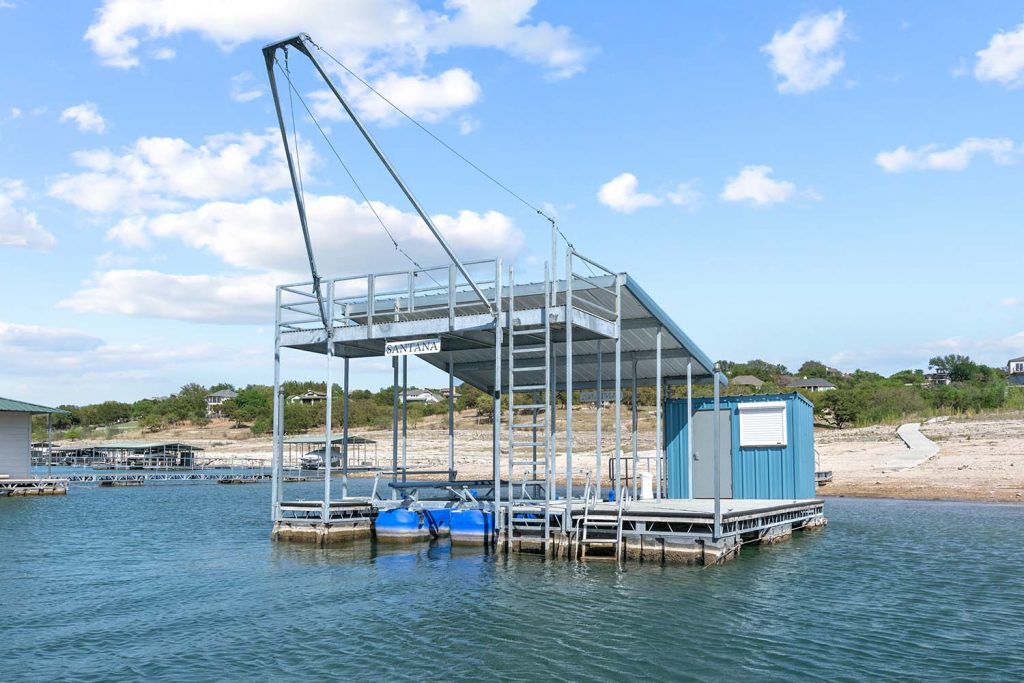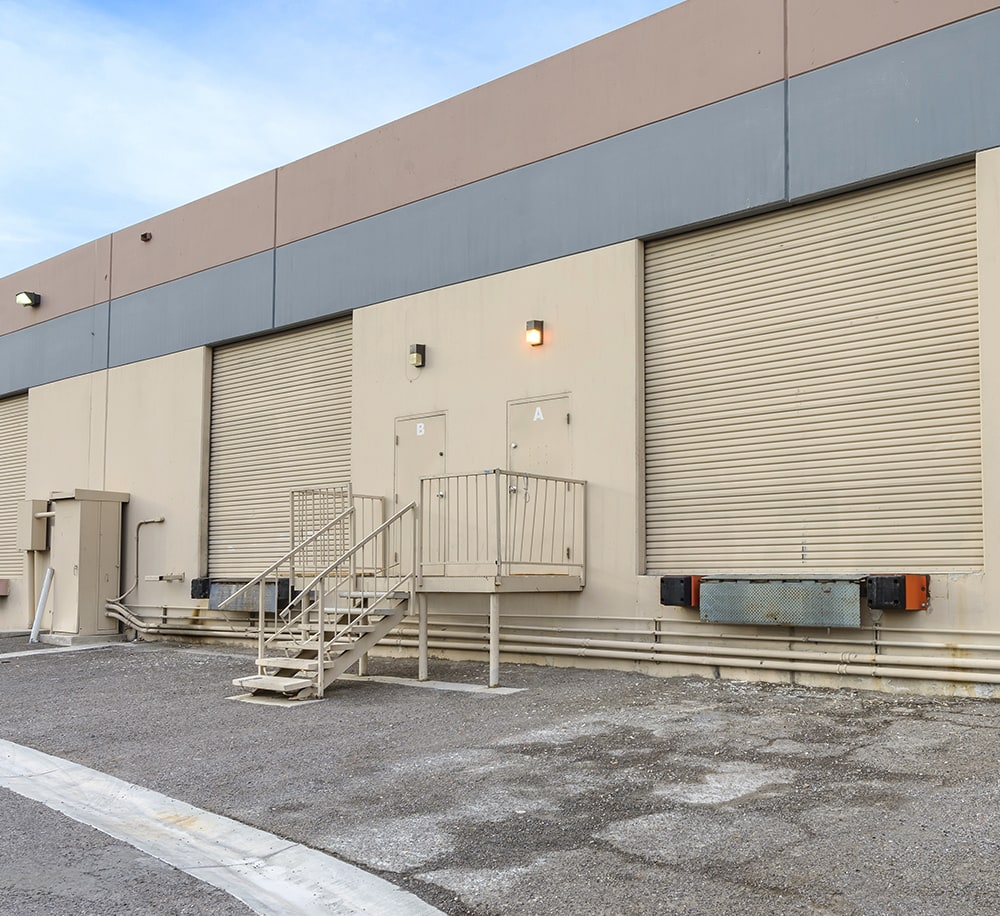Just How to Address Common Dock Fixing Issues for Safe Water Tasks

Identifying Common Dock Issues
Identifying common dock concerns is vital for keeping the performance and security of your waterside residential property. Routine evaluations can help uncover problems prior to they end up being severe, guaranteeing both the long life of the dock and the safety and security of those who utilize it.
One more typical problem is the destruction of flotation tools. These devices are important for maintaining the dock buoyant, and any kind of damage or leaks can create the dock to listing or sink. Routinely examining for leaks or waterlogged drifts can preempt more considerable issues.
Furthermore, algae and barnacle accumulation on the dock's surface can develop unsafe and slippery problems. This biofouling not only presents a threat to customers yet can additionally speed up the degeneration of the dock materials.
Lastly, inspecting for signs of corrosion on steel elements is crucial. Rust can jeopardize the stability of the dock's structure, making it unsafe. By regularly recognizing these common dock problems, you can ensure that your dock remains useful and safe and secure for several years ahead.
Repairing Rotting Wood
When addressing the issue of decaying wood on your dock, it is crucial to act promptly to prevent more degeneration. Begin by extensively evaluating the whole structure to recognize all impacted locations. Make use of a screwdriver to penetrate the timber; if it sinks in quickly, the wood is likely decayed and needs immediate attention.
Be certain to cut back to healthy, strong timber, ensuring you eliminate all endangered product. After removal, treat the remaining wood with a timber chemical to protect against future rot.
Following, change the removed areas with marine-grade lumber or pressure-treated wood, which are extra resistant to water damage. Protect the new items with galvanized or stainless-steel bolts to stop rust. In addition, applying a waterproof sealer to the new timber can offer an added layer of security.
Protecting Loosened Boards
How do you ensure your dock continues to be risk-free and useful for all its users? One essential element is securing loose boards, which can otherwise posture substantial hazards. Loosened boards not only enhance the danger of tripping however can additionally jeopardize the structural honesty of the whole dock.

For reinstallation, make use of stainless or galvanized steel screws, as these materials provide premium resistance to corrosion in aquatic atmospheres. Guarantee the screws are long sufficient to pass through deep right into the underlying support structure, yet not as long that they stick out with the dock's surface. Pre-drilling pilot openings can help avoid the timber from splitting.
Finally, maintain a routine examination routine to identify and resolve any new concerns quickly. By securing loosened boards efficiently, you contribute to the total security and long life of your dock, making it a reputable platform for water tasks.
Stabilizing Unsteady Pilings
Ensuring the security of unstable pilings is vital to preserving a practical and secure helpful resources dock. Unstable pilings can endanger the entire structure, posturing substantial threats to individuals and potentially causing pricey repairs. The initial step in supporting these essential components is a thorough assessment. Examine the pilings for signs of rot, damages, or shifting. Utilize a degree to examine for upright positioning and guarantee they are driven deep enough into the substrate to offer ample assistance.
If the pilings are discovered to be unpredictable, one effective method for reinforcement is using additional bracing. Cross-bracing with treated lumber or galvanized metal can considerably improve stability. Anchor the braces securely to both the pilings and the dock structure to disperse tons uniformly.

Regular maintenance and routine review of the pilings' security are critical to making certain long-lasting dock safety and functionality.
Changing Rusty Hardware
Addressing unstable pilings is just one facet of maintaining a dock's stability; another critical concern is replacing corroded hardware. Gradually, exposure to wetness and salt can result in the oxidation and deterioration of screws, braces, and bolts, endangering the whole structure's safety and security. Routine inspection for corrosion is necessary, especially after severe climate or seasonal modifications.
When rusty equipment is determined, prompt action is called for. Begin by choosing marine-grade stainless-steel or galvanized basics hardware, both created to withstand the extreme marine atmosphere. Make certain that you have the suitable tools, such as screwdrivers and wrenches, to safely remove the old, corroded items without creating more damage to the dock.
After eliminating the corroded equipment, thoroughly clean the impacted locations to remove any residual corrosion or particles. Apply a rust-inhibiting guide to revealed metal surface areas before setting up the brand-new hardware. Tighten all fixtures firmly to stop future loosening, and periodically check the fittings to make sure continuous security.
Replacing rustic hardware not only prolongs the dock's life expectancy however additionally dramatically boosts the safety and security of water tasks. By proactively taking care of deterioration, you shield both the framework and its customers, making certain a enjoyable and secure waterfront experience.
Conclusion
Regular evaluations and maintenance are vital to resolve common dock repair issues and guarantee risk-free water tasks. By determining and correcting troubles such as rotting timber, loosened boards, unstable pilings, and corroded hardware, architectural security and longevity can be considerably boosted. The application of suitable treatments find out here and marine-grade materials better fortifies the dock versus ecological stressors. Such proactive procedures add to the overall safety and capability of dock frameworks, fostering a safe and secure atmosphere for water-based activities.
Making certain the security of water tasks hinges dramatically on the proper upkeep and repair of docks (Dock Repairs). These gadgets are essential for keeping the dock resilient, and any kind of damage or leaks can create the dock to list or sink. By regularly identifying these typical dock concerns, you can make certain that your dock remains safe and functional for years to come
Making certain the stability of unsteady pilings is extremely important to maintaining a secure and functional dock.Normal assessments and maintenance are vital to resolve common dock repair service problems and make certain safe water activities.